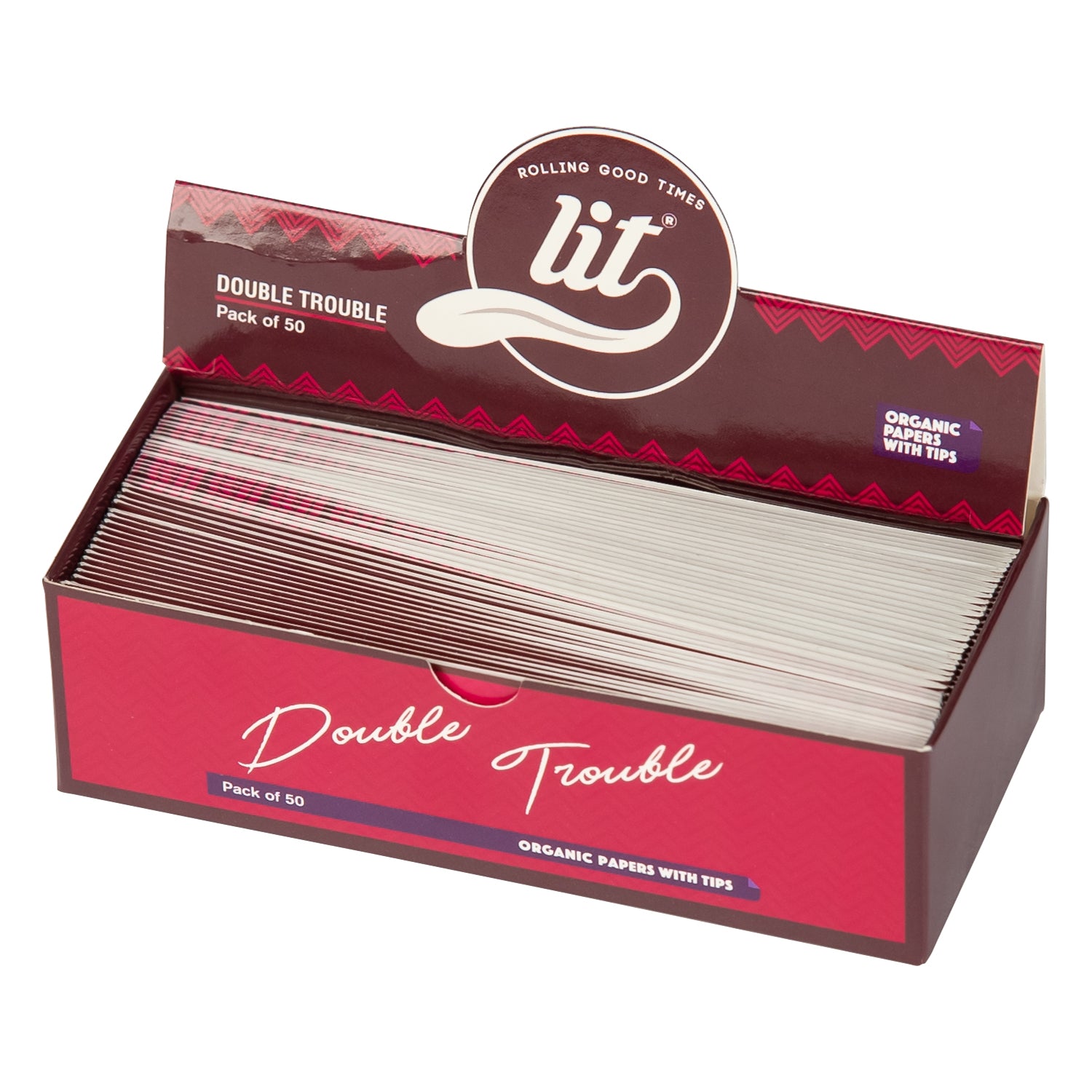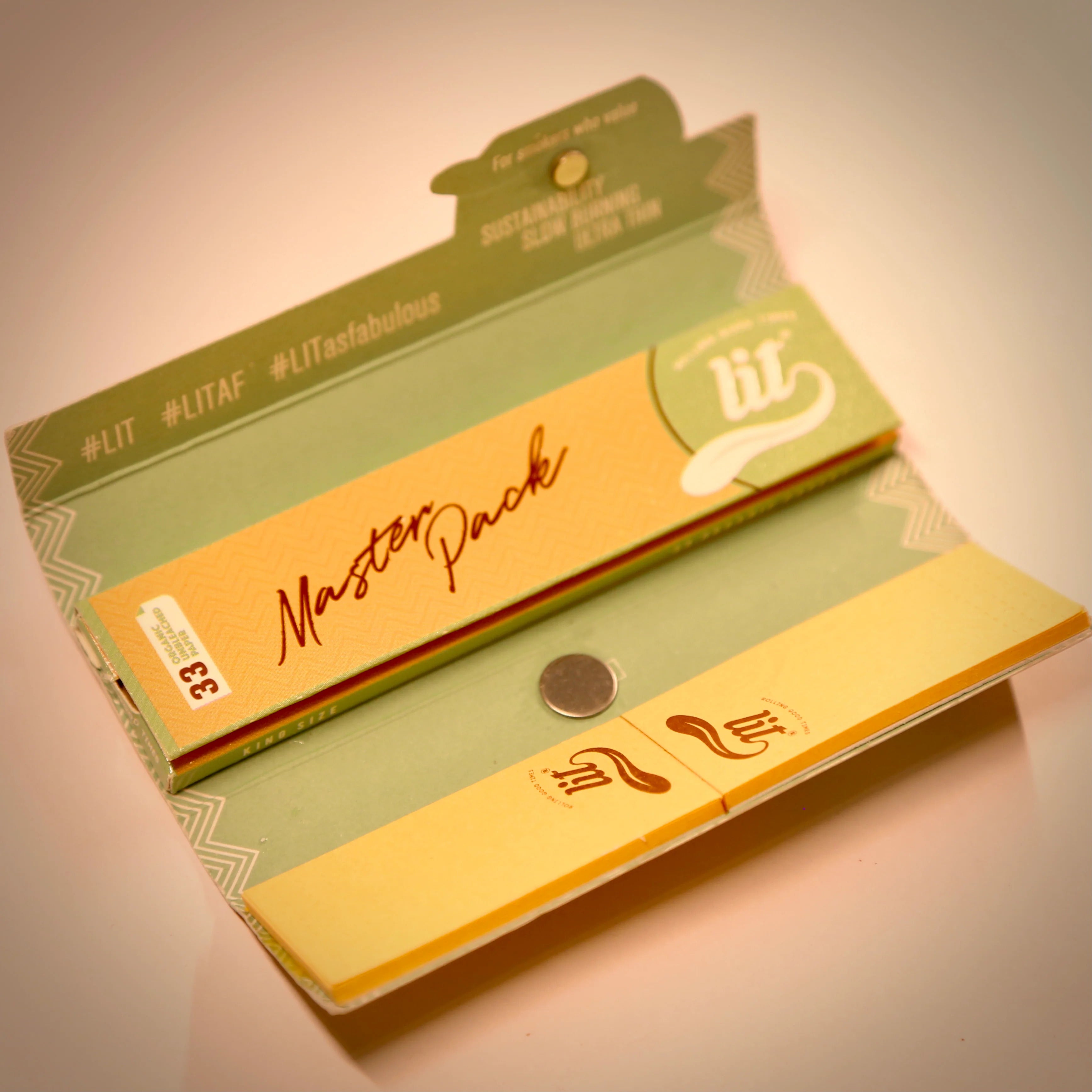In today's environmentally conscious world, the Environmental Impact of Rolling Papers has become a crucial factor. By delving further into the sustainability, production methods, and customer decisions that affect rolling paper's environmental impact, this essay seeks to clarify seven important points.
Environmental Impact of Rolling Papers
Evaluating the Life Cycle
The first step in evaluating rolling papers' environmental impact is to look at their life cycle. Knowing the full life cycle—from the extraction of raw materials through manufacture, distribution, and disposal—helps identify opportunities to use environmentally beneficial methods.
Rolling paper greatly reduces their total environmental effect when they are made from sustainable resources and with eco-friendly manufacturing techniques.
Sustainable Material Choices
The choice of materials plays a key role in defining the environmental impact. For example, hemp is a sustainable choice because of its quick growth, low pesticide requirement, and small environmental impact. Using sustainable materials helps manufacturers reduce deforestation and environmental harm overall.
Forest Stewardship Council (FSC) Certification
The rolling papers are sourced from responsibly managed forests if they have an FSC certification. This certification promotes sustainable forestry practices by guaranteeing that the environmental impact of logging for paper manufacturing is kept to a minimum.
When shopping for eco-friendly products, consumers should look for rolling paper packaging bearing the FSC label, which denotes a dedication to environmental preservation.
Carbon Footprint Reduction
The goal of environmentally conscious manufacturers is to reduce the amount of carbon dioxide released during the rolling paper manufacturing and shipping processes. This entails putting energy-efficient production techniques into place, maximizing transit routes, and utilizing renewable energy sources.
Selecting rolling papers from businesses dedicated to lowering their carbon impact is in line with environmental sustainability objectives.
Exploring Sustainable Choices
Biodegradability and Decomposition
Rolling papers made of biodegradable materials naturally decompose over time, lessening the impact of trash on the environment. Knowing how papers break down makes sure that even thrown-away paper products enrich the soil instead of ending up in landfills.
By consciously selecting biodegradable products, consumers may match their smoking habits to their commitment to environmental responsibility.
Impact on Water Resources
Water use in the rolling paper manufacturing process can be high. Water recycling systems, water conservation measures, and water consumption reduction are examples of sustainable practices.
Customers who are aware of a brand's water management strategy can actively assist businesses that are attempting to reduce their influence on the world's water resources.
Consumer Awareness and Education
Choices made by consumers also have an impact on the environment. Giving customers information about rolling papers' environmental effects gives them the power to make wise choices. This entails comprehending labels and certifications as well as endorsing companies that have open and honest environmental strategies.
Conclusion
In conclusion, it is critical for both producers and consumers to comprehend how rolling sheets affect the environment. Smokers may help create a smoking culture that is more responsible and ecologically friendly by selecting sustainable products and endorsing firms that share their values.







